3 Differences Between Dysport And Botox & Which One To Choose
Learn the various nuances between Dysport and Botox for your cosmetic journey.

Image: Shutterstock
Botox and Dysport are FDA-approved injectable neurotoxins that help numb and relax specific facial muscles (1), (2). While the FDA approves both for treating spasticity (abnormal muscle stiffness) and other medical conditions, they are popularly used to minimize the appearance of wrinkles and fine lines. Both have similar effects but are different in various aspects. If you are considering any of the two, keep reading to understand the differences and which one is right for you.
In This Article
Dysport Vs. Botox: What Is The Difference?
Both Dysport and Botox are neurotoxins and available as intramuscular injections to prevent muscle contraction and improve the appearance of wrinkles, crow’s feet, frown lines, laugh lines, and fine lines.
Both work in the same way. However, they have different concentrations of botulinum neurotoxin type A (BoNT/A) (3). This makes them different in terms of results, cost, convenience, efficacy, and longevity.
| Key Differences | Botox | Dysport |
|---|---|---|
| Concentration | It contains larger protein molecules than Dysport. | It contains smaller protein molecules of the neurotoxin. |
| Spreadability | The larger protein molecules do not spread easily and are effective for targeted results. | The smaller protein molecules spread quickly and are effective for treating larger areas. |
| Molecular Weight | It has lower variability in molecular weight and does not diffuse easily. Therefore, it is perfect for targeted and smaller areas. | It has more variability in protein sizes and diffuses easily across a larger surface area. Therefore, you need fewer injections to get the desired results. |
In other words, both Dysport and Botox contain the same neurotoxin, but the protein amounts may differ. This makes them effective for different target areas. The following sections of the article will help you understand the other differences between Botox and Dysport and decide which one to go for.
 Did You Know?
Did You Know?Key Takeaways
- In Botox and Dysport treatments, botulinum toxin is used to reduce wrinkles and fine lines.
- Dysport treatment is allowed only for forehead wrinkles, while you can apply Botox to any part of the face.
- Dysport is faster and cheaper because it is more diluted, while Botox lasts longer than Dysport.
Dysport Vs. Botox: Which One To Choose?
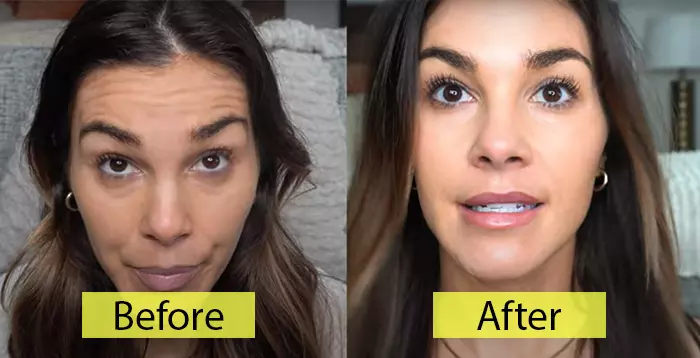
The FDA approves using Dysport for moderate to severe glabellar lines – the vertical frown lines that appear between the eyebrows and extend to the forehead (2). You may see these lines when you frown or squint. The glabellar lines become prominent with age, leading many to seek different solutions on how to get rid of frown lines.
On the other hand, Botox can be used to improve (4):
- Glabellar lines
- Frown lines
- Smoker’s lines (wrinkles around the lips)
 Did You Know?
Did You Know?- Marionette lines (lines from the corner of the mouth to the outer corner of the chin)
- Platysmal band (ridges of muscles on the neck running vertically up)
You may go for Dysport if you have deep forehead wrinkles or frown lines and Botox if you want to improve wrinkles on other facial areas.
How Botox And Dysport Work
Both Botox and Dysport contain botulinum toxin derived from the bacterium Clostridium botulinum and have a similar mechanism. The toxin blocks nerve signals to the target muscles, restricting their movement (4). The relaxed muscles soften the appearance of wrinkles.
Remember, Dysport and Botox cannot eliminate wrinkles. You have to do follow-up sessions once the effect of the toxins starts reducing.
Dosage And Duration Of The Procedures
Both the procedures take just a few minutes. For Dysport (for glabellar lines), the FDA recommends a total dose of 50 units, divided into five equal aliquots of 10 units each (2 ).
The dosage of Botox depends on the muscles and conditions it is used to treat (5). The doctor may use 15-30 units for forehead lines and 40 units of Botox for the glabellar lines.
The Results And Longevity
For both the procedures, you may see results within a few days of the treatment. The results of Dysport may be visible in a couple of days and may last for 3-4 months.
Botox results may last for 3-4 months. However, for some people, the results may also last for anywhere between 4 to 6 months. You have to go for follow-up sessions to maintain the look for your wrinkles.
A 26-question survey with 516 participants was conducted to inquire about the use of botulinum toxin among different age groups. It revealed that 92% were familiar with it, while 21% had received botulinum toxin injections. Of those who received them, 45% utilized them for the treatment of wrinkles and 37% for the prevention of wrinkles.
Out of those, 18% had received it for cosmetic reasons, such as wrinkle treatment.
Jenn Newlin, a blogger, tried botox and shared her experience in a blog post. She explains the difference between botox and Dysport, stating, “Dysport isn’t quite as potent and therefore cheaper and more subtle. This has also been said to be false which takes me back to the original point — try both. I’m confident everyone’s skin and muscles react slightly different and obviously we have different preferences so you may find you prefer one over the other. In my experience, Botox works better. It seems to have a little more bang to it and for me it feels like it last longer (i).”
The Cost Of Botox And Dysport Procedures
A single session of Botox treatment may cost anywhere between $350-$1000. However, the price may vary depending on the area(s) of treatment and the severity of the condition.
Dysport is slightly less expensive. A single session may cost between $200 and $500.
Side Effects Of Botox And Dysport
Botox and Dysport are considered safe and effective. However, they may also cause unwanted side effects, which include:
- Pain and swelling in the injection site
- Headache
- Fever
- Dry and itchy eyes along with focusing issues
- Muscle weakness
- Runny or stuffy nose
- Drooping eyelids
- Uneven eyebrows
- Teary eyes
If you have taken Botox injections around the mouth, it may also cause an asymmetric or crooked smile. These are unwanted side effects of the numbing toxin and may wear off after a few days or weeks. However, in rare cases, the toxin may cause serious side effects like:
- Breathing issues
- Difficulty in swallowing and speaking
- Blurred or double vision
- Overall weakness
If you experience any of these side effects, consult a doctor immediately.
Who Is A Good Candidate For Botox And Dysport?
If you do not have any major health issues or a history of certain medical conditions and have moderate to severe wrinkles and lines, you can go for the procedure. Before the procedure, the doctor will evaluate your medical history and ask you a few questions to determine if you can go for any procedures.
Avoid Botox and Dysport if you:
- Are pregnant, planning to conceive, or lactating
- Are allergic or sensitive to botulinum toxin
- Are allergic to milk
- Are under 18 years or over 65 years
- Have thin skin or an existing skin condition
Botulinum toxin can interact with several drugs like blood thinners, muscle relaxers, other medications, and supplements. You may have to discontinue the medications before taking the injections. It is best to inform your doctor about all the medications and supplements you take to prevent unwanted side effects.
Here is a brief overview of the two procedures:
Dysport Vs. Botox: Comparison
| Differentiating Factors | Dysport | Botox |
|---|---|---|
| What It Treats | Glabellar lines | Glabellar lines, Frown lines, Crow’s feet, Smoker’s lines, and laugh lines |
| Treatment Time | A few minutes | A few minutes |
| Cost | Cheaper than Botox | Expensive |
| Results | Show up sooner (in a couple of days) | May take a week |
| Longevity | 3-4 months | 4-6 months |
| Pain | May cause slight pain on the injection site | May cause slight pain on the injection site |
| Recovery Time | Little to no time | Little to no time |
| Follow-up Sessions | Every 3-4 months | Every 3-6 months |
Botox and Dysport are intramuscular injections used to improve the appearance of glabellar lines, wrinkles, or laugh lines. While both contain botulinum toxin, they differ in levels of concentration. Both procedures take a few minutes, and the results last for 3 to 4 months for Dysport and 4 to 6 months for botox. Even though botox and Dysport are safe and effective methods, they may result in side effects such as drooping eyelids, headache, or swelling at the injection site. Consult a doctor to understand the benefits, risks, and costs of both treatments.
Frequently Asked Questions
Is Dysport more natural looking than Botox?
Dysport spreads more quickly throughout the muscle which gives the individual a more natural look than botox.
Should I switch from Dysport to Botox?
Yes, you can switch from Dysport to Botox. Consult your doctor to understand the benefits and risks of switching treatments before opting for them.
Can Dysport lift your eyebrows?
Yes, Dysport can lift your eyebrows. Your doctor may inject Dysport below the tail of the eyebrows to give a smoother and youthful appearance.
Does Dysport make your forehead shiny?
Yes, incorrect and too much administration of Dysport may smoothen the skin on your forehead and give it a shiny appearance.
The following video presents the findings of the results of Botox and Dysport to help viewers determine which option might be best for them. If you are considering either of the two, then check out this video now!
Personal Experience: Source
StyleCraze's articles are interwoven with authentic personal narratives that provide depth and resonance to our content. Below are the sources of the personal accounts referenced in this article.
(i) I Wish I Started Botox in my 20’shttps://medium.com/in-my-beauty/botox-simplified-for-normal-women-27b8e40721ec
Read full bio of Dr. Priya Gill
Read full bio of Ramona Sinha
Read full bio of Eshna Das
Read full bio of Swathi E





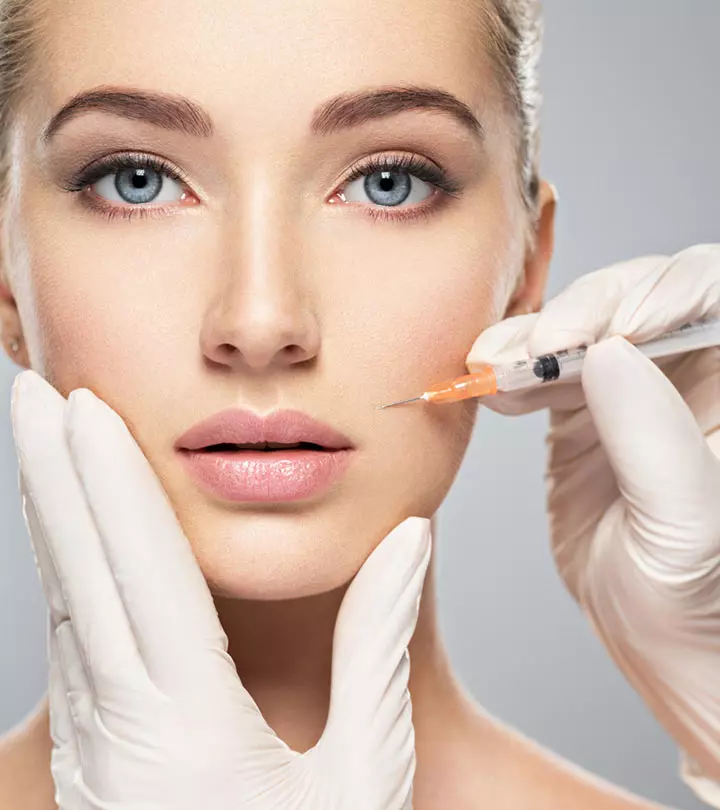
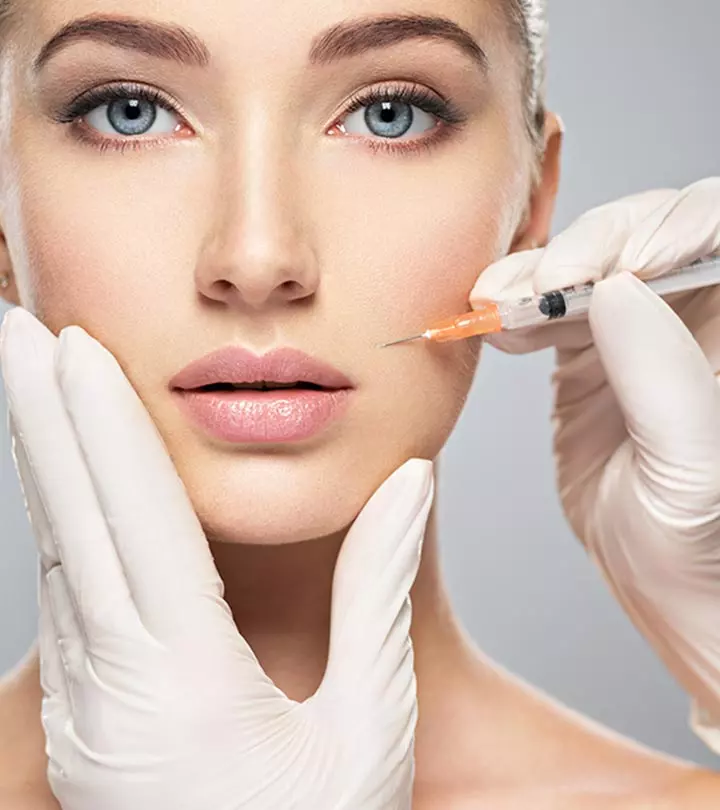

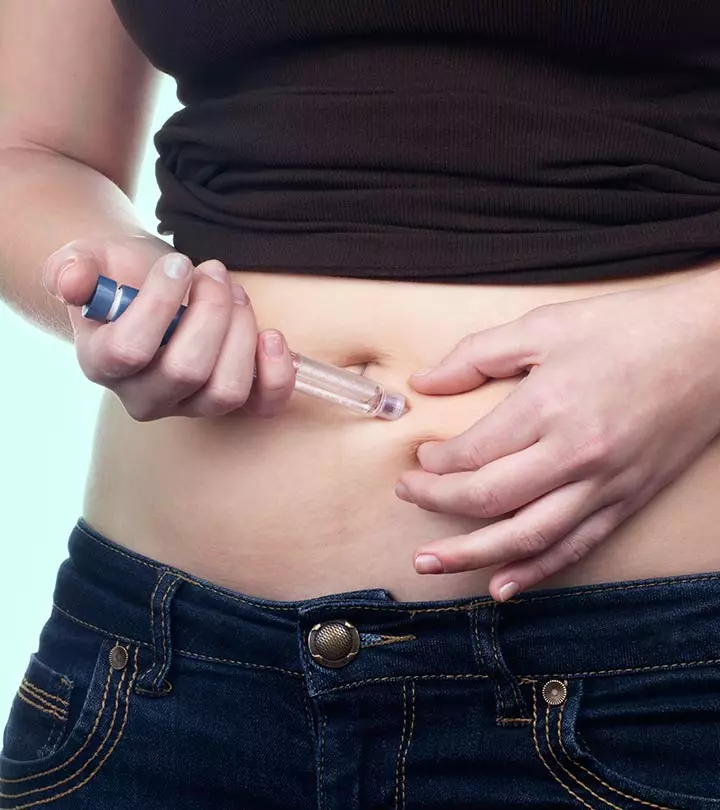
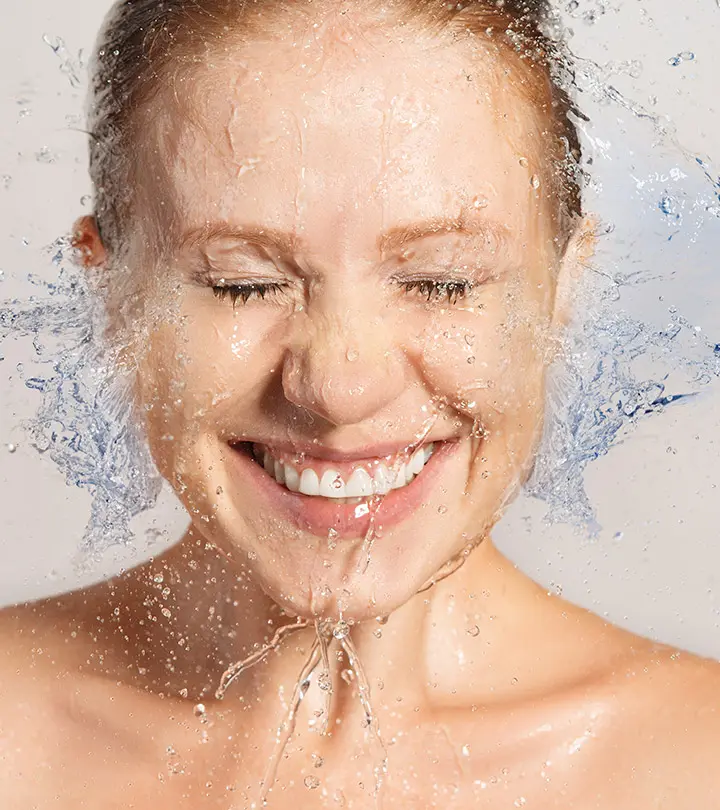

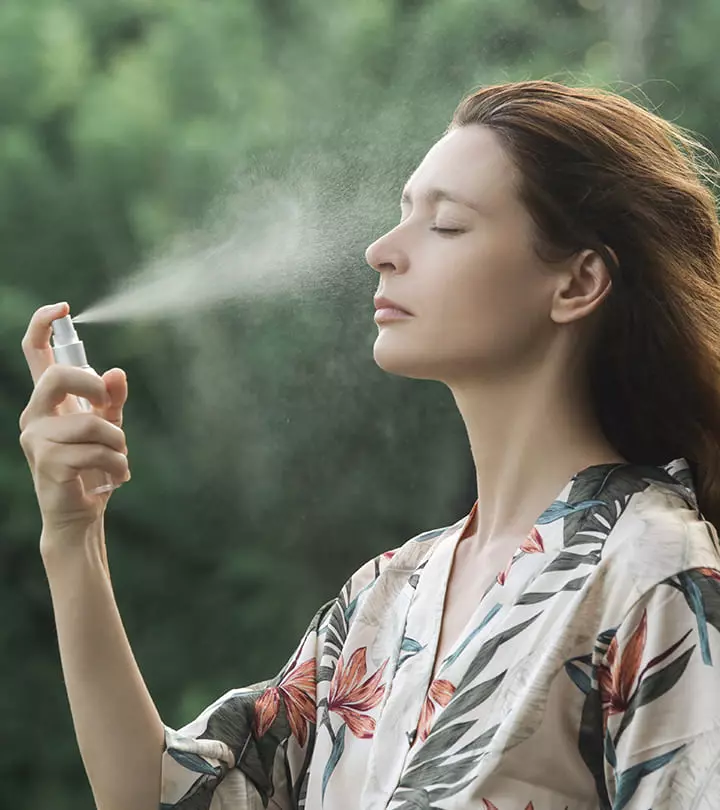
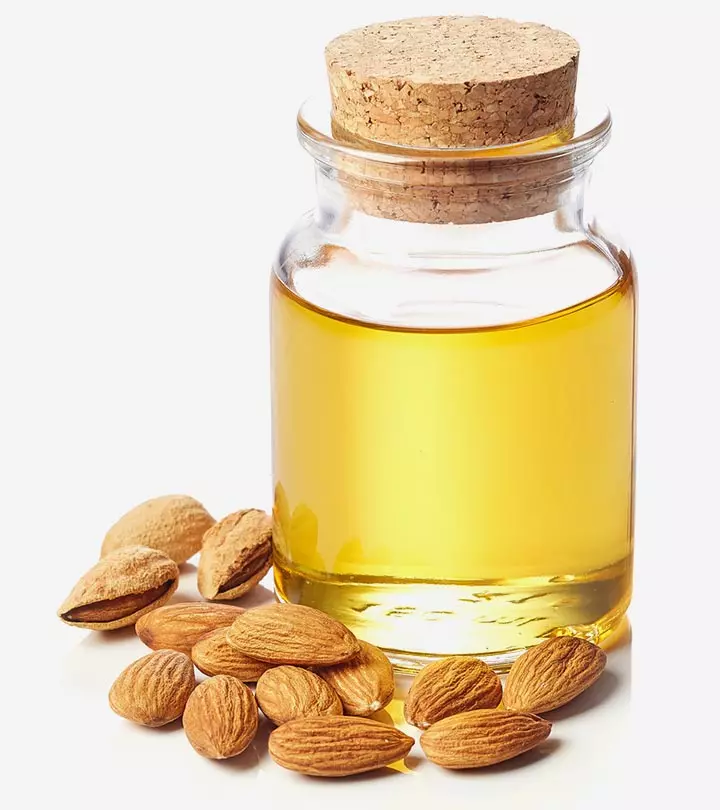
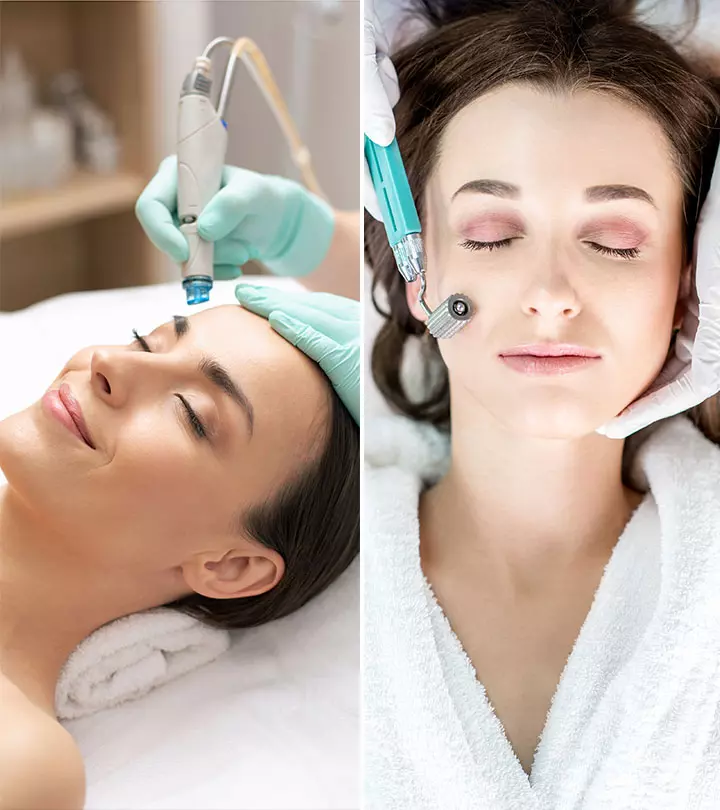
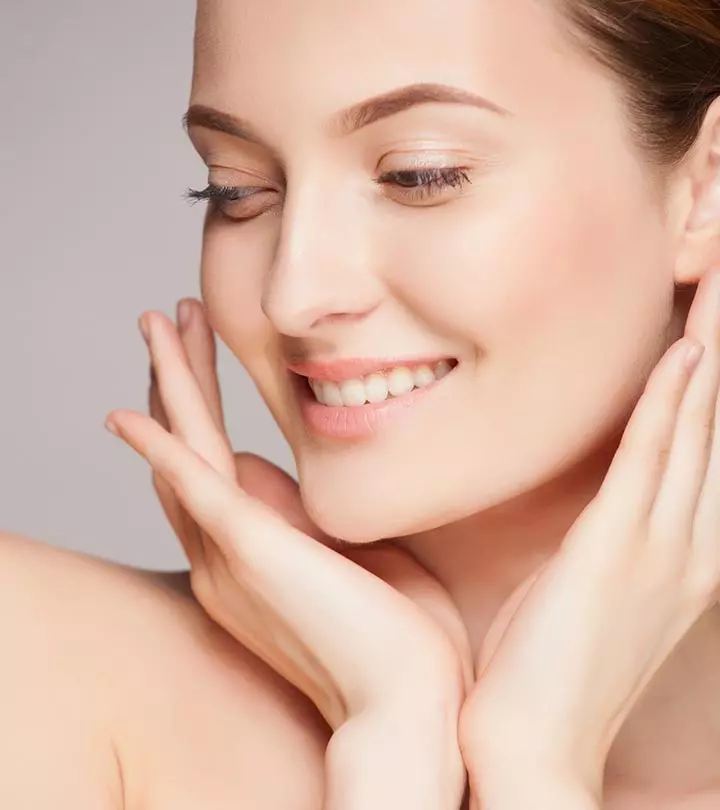
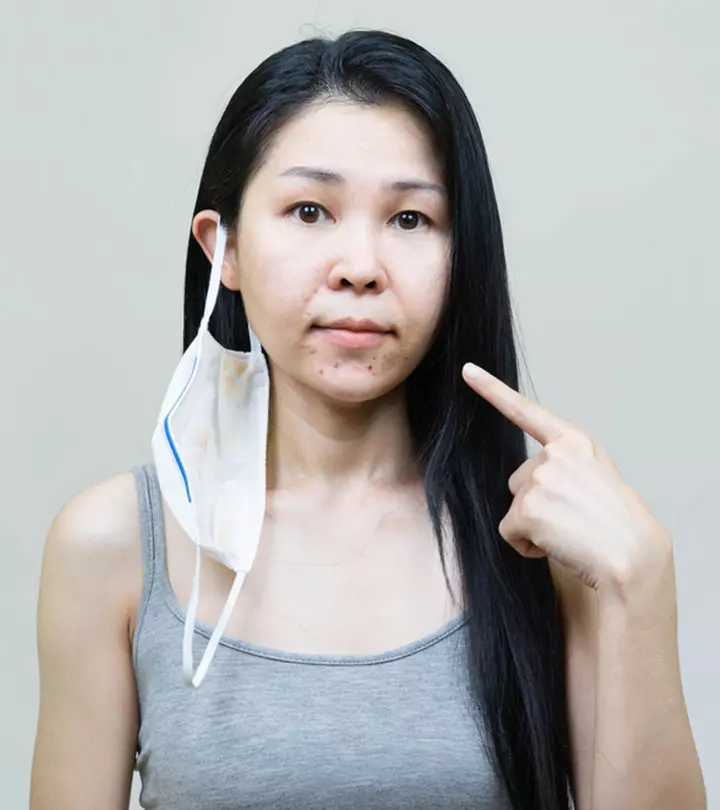
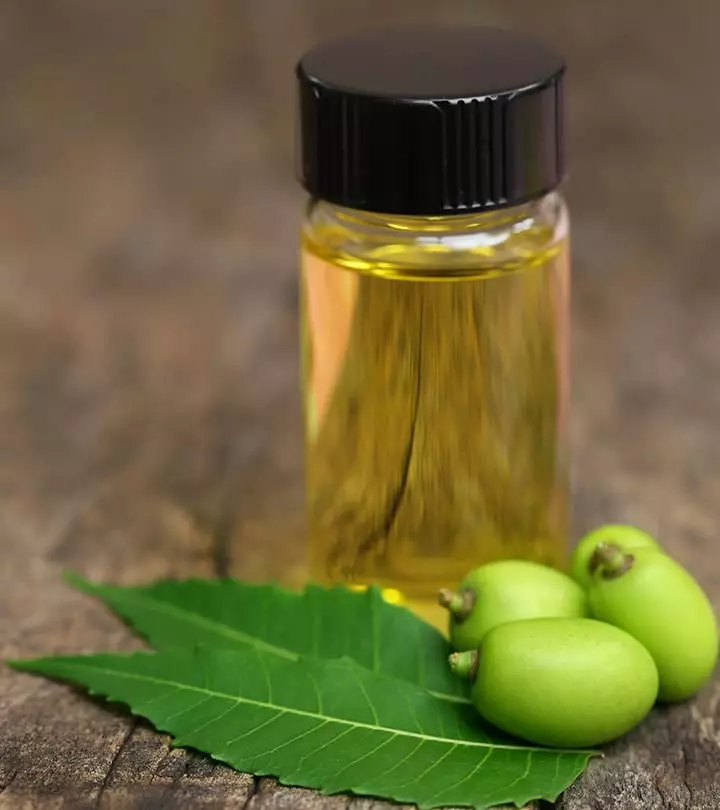



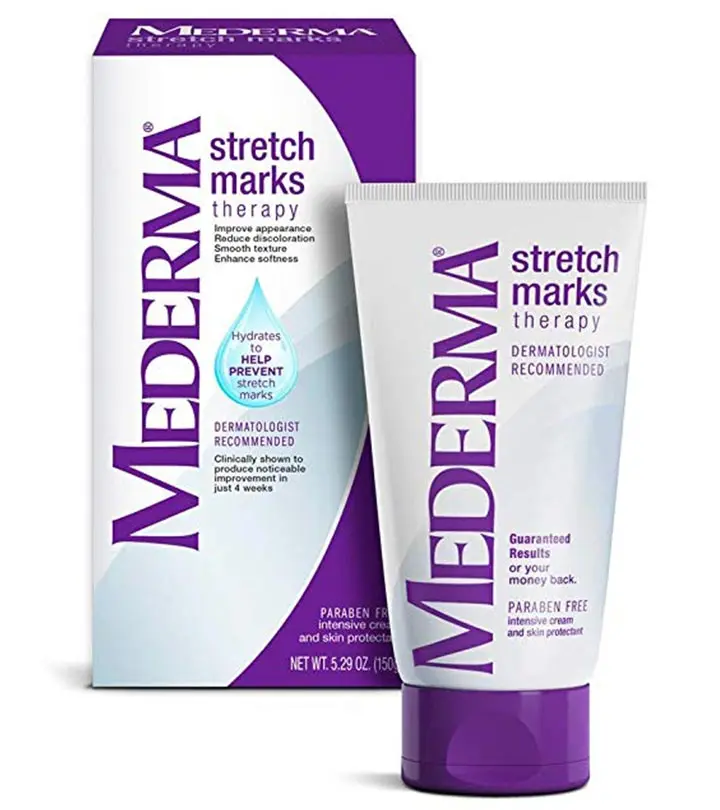
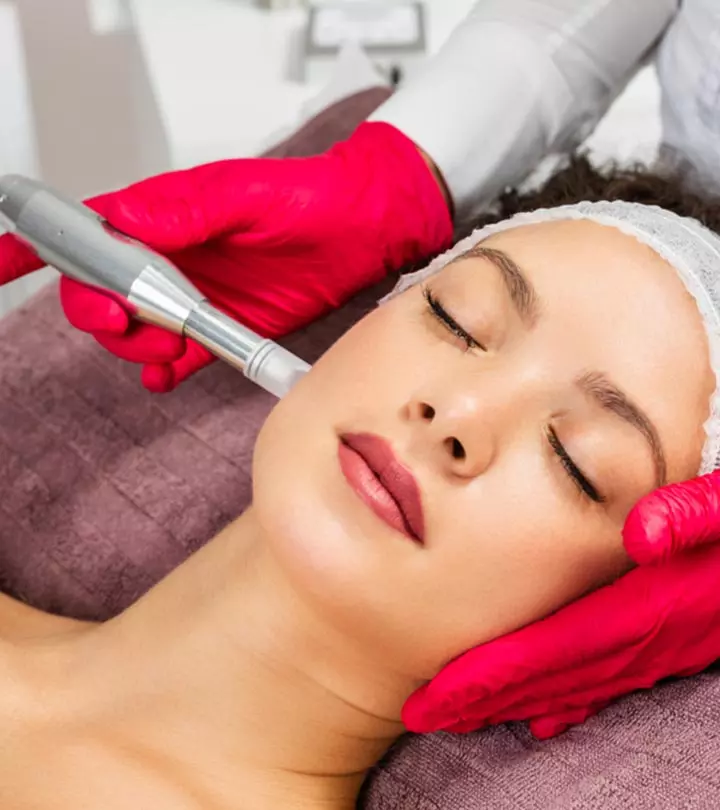

Community Experiences
Join the conversation and become a part of our empowering community! Share your stories, experiences, and insights to connect with other beauty, lifestyle, and health enthusiasts.